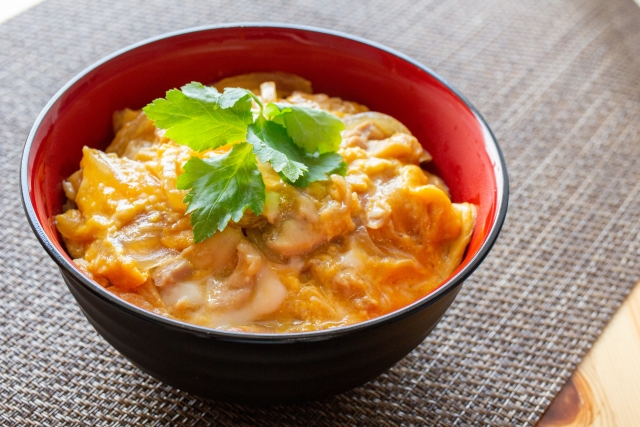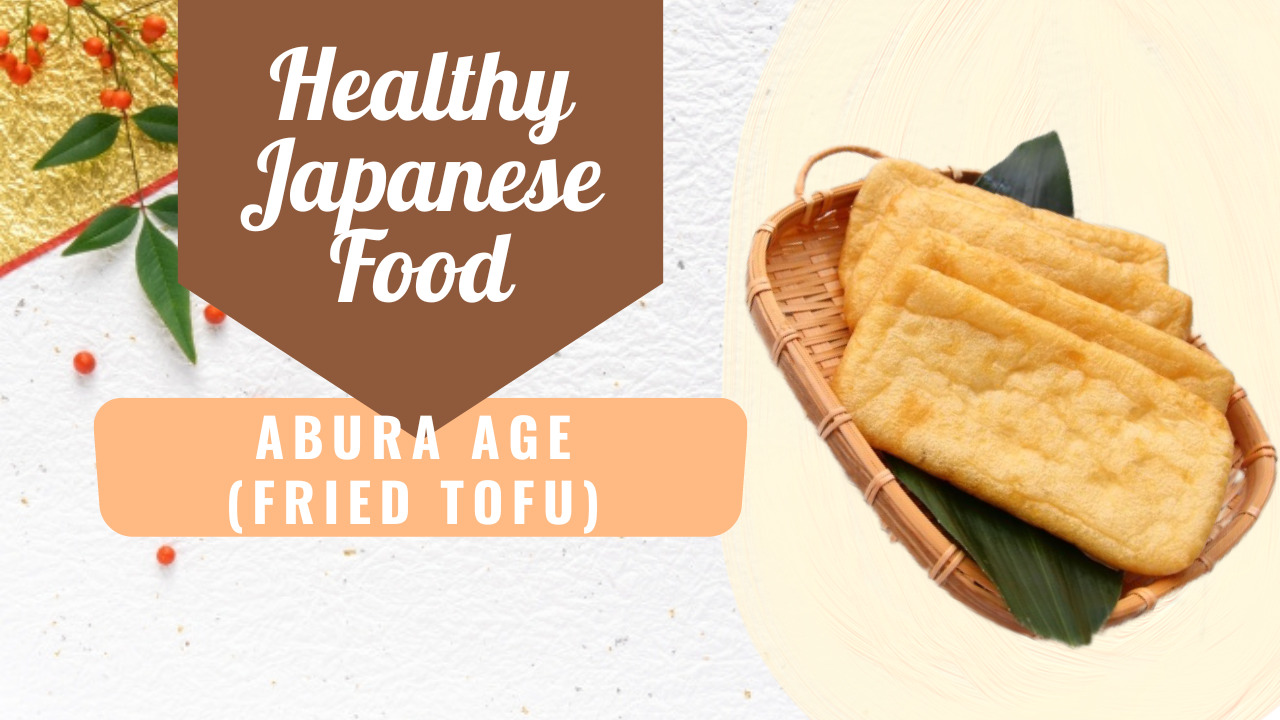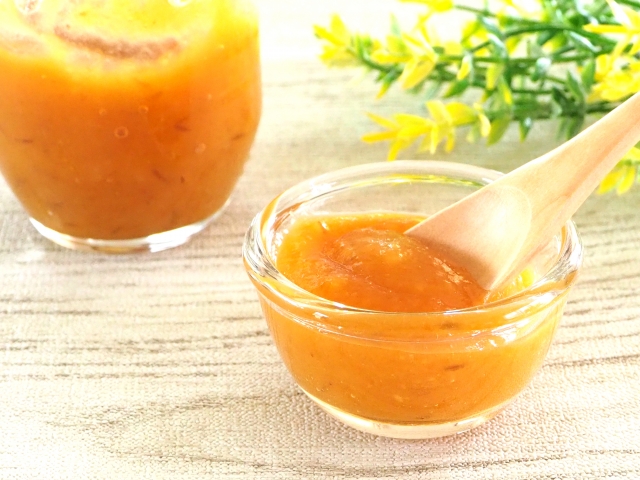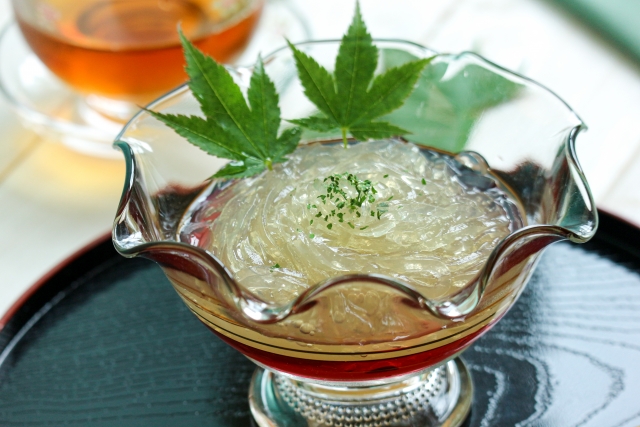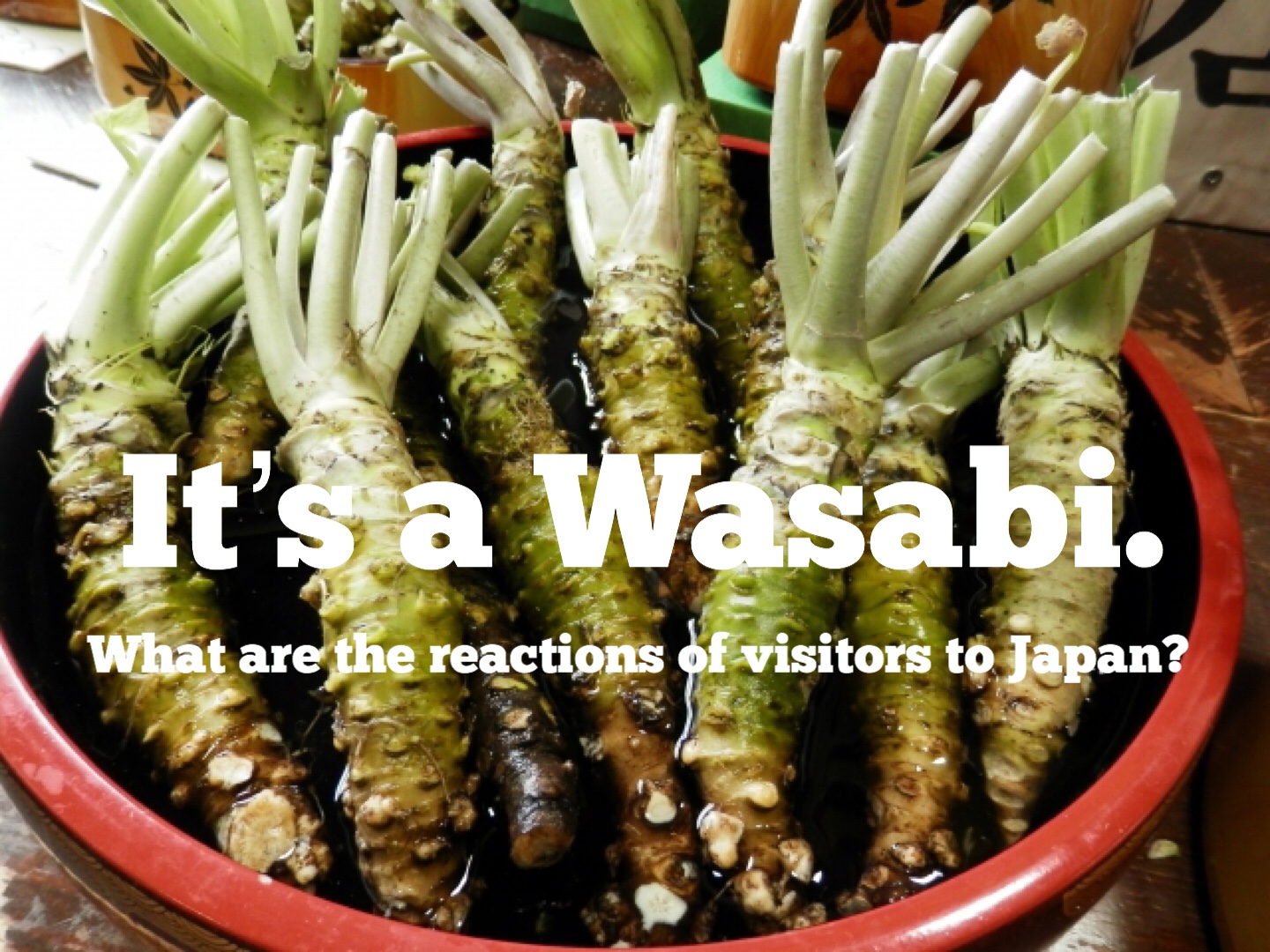
A spice representative of Japan. When is wasabi used? What is the reaction of overseas visitors to Japan? I will tell you with the history of wasabi.
Even in Tokyo, where the number of tourists from abroad has increased, it is common to find that popular sushi chains use chopsticks to dissolve wasabi in soy sauce.
In addition, wasabi is always added to soba . Wasabi is indispensable for sushi and soba.
Therefore, this time, I would like to introduce oriental spice "WASABI" for the first time in spices.
1.What is wasabi's history?

Wasabi grows naturally in a clear stream deep in the mountains and seems to have been used as a medicinal herb since ancient times. And it seems to have been called wasabi for a long time, and there are various theories on the origin of the name.
From the remains of the Asukakyo Azoen Pond in Asuka Village, Nara, a wooden spell excavated as "Wasabi Sansho" was excavated. In Asukakyo, from the end of the 6th century to the latter half of the 7th century, a wooden letter with the name "wasabi" was used.
Also, in the first half of the 7th century, the enactment order included "wasabi", which was written as "Yamagashi", indicating that wasabi was paid as a tax.
And in the example, the name of Japanese herb is also written as "wasabi" and written as "wasabi". It is said that the word “Aoi” was used because the wasabi leaves resembled the Aoi leaves. It is thought that the name wasabi was established after the Heian period, but there are various theories on the origin of the name.
According to the Daigonkai, published in the 1930s, the word etiquette for wasabi is "short for pain". They seem to think that the state of the mouth at the moment of wasabi was expressed.
Another theory states that the root of wasabi is "Aoi Asai". However, since it was originally written as “Yangiang,” it seems that some people have been criticized for being too particular about the Aoi character.
Although the actual etymology is unknown, the name "wasabi" seems to have taken root in the Nara and Heian periods.
And nowadays, wasabi has become known throughout the world in English as wasabi. The unique spiciness that comes out of this nose is popular.
There is a famous rakugo performance called "Aona". The main part is the exchange between the gardener and her husband at work. "Thank you. Ushiwakamaru came out of Kurama, and his namesake are known as Judge Kuro" and "Yoshitsune, Yoshitsune."
In the summer heat, wasabi appears in a scene where you drink a mixture of shochu and mirin, a mixture of shochu and mirin, chilled in a well and eat ice-cold carp. And the gardener who ate wasabi on the carp washes was fainting in agony.
The gardener described wasabi as a "small sword" in a grocery store, but it is not so invisible ... In the Edo period of Bunsei (1818-1831), wasabi was It seems that nigiri sushi has become widely used with the spread of sushi. It is said that one of the three Edo sushi restaurants at the time, Yobei Hanaya, was the one who used wasabi for nigiri sushi.
As for the supply of wasabi, Aristoki in Shizuoka had already grown wasabi in the early Edo period with the shogunate asylum, and it seems that the use of native wasabi was progressing in various places.
In the case of sushi, the wasabi was a combination of two birds with one stone that could be expected to have a hygienic effect, as the flavor of wasabi eliminates the smell of fish and the sterilizing ingredients prevent food poisoning.
In the Edo period, soba noodle cutting was also widespread. Originally, sake and soy sauce were boiled down to make soba soup, but around the 18th century, bonito was used for soba soup.
The taste of bonito flakes increases, but the odor remains at the same time. People at the time did not seem to be able to endure this, and some people hated soba soup using bonito.
That's where wasabi came in. Wasabi was dissolved in this bonito smelt into a fresh odor, and the smell was eliminated. …Huh? Is that so? It seems that the odor of soba soup was so criticized.
Also, the soba themselves were boiled before the store opened because there was no way to preserve the soba noodles, and it seems that hot water was served quickly when ordered. If so, whether the flavor of the buckwheat remained. The quality of the buckwheat was also poor.
In modern times, it is said that wasabi does not dissolve in soup as a legitimate way to eat soba, but looking back at history, it can be said that the way to eat it is very humorous.
In fact, it can be said that various spices were used to make the fragrance of fresh buckwheat and erase the smell of soup. Radish, bonito, chili, leek, wasabi, etc. You did various things to eat delicious soba!
2. Wasabi scent and taste.

The spicy component of wasabi is a glycoside originally called sinigrin, which is an allyl isothiocyanate compound that comes in contact with oxygen when grated and produces spicy and tearing action.
We call Japanese wasabi ancient book wasabi to distinguish it from another species, horseradish.
Even in Japan, there are various types of wasabi, such as wasabi that grates the rhizome, and wasabi and powdered wasabi. Powdered wasabi is powdered from various parts of wasabi. Nishi-wasabi is sold in semi-solid form mainly in tubes. Here is the problem. The rhizome is definitely this wasabi, but some horseradish and powdered wasabi are made from horseradish.
Because wasabi is expensive because it takes time. At a supermarket in Tokyo, it costs about 1,000 yen per rhizome. For this reason, it seems that many of the raw wasabi and powdered wasabi that use this wasabi as a raw material actually use the leaves and stems. According to industry standards, more than 50% of the raw materials are said to be used as wasabi.
3. How to make wasabi

Now, for other spices, this section will be a little longer, but as you know, wasabi is very easy. In the case of the rhizome, please grate with a grater. In the case of powdered wasabi, add an appropriate amount of water, knead it well, wrap it in wrap, and leave it for a few minutes.
How easy!
4.The effect of wasabi

which was regarded as a medicinal herb Wasabi is characterized by a spicy spiciness, but this spicy component has a bactericidal effect. The spicy component of wasabi is called "allyl isothiocyanate", which has a bactericidal effect and can also prevent parasites and mold.
In addition, wasabi is also effective against bad breath. It can prevent bad breath by killing various bacteria in the oral cavity that cause bad breath.
In addition, wasabi is said to have antithrombotic, anticancer, and rhinitis ameliorating effects. The effect of preventing blood clots is due to a component of horseradish called wasabi sulfinyl. This ingredient is also said to have an anti-cancer effect. And it is "wasabithiohexyl" that is effective for rhinitis.
In addition, wasabi can also be expected to be beneficial to women, such as a dieting effect and a beautiful skin effect. However, it is forbidden to eat too much. Let's taste a small amount.
What was the reaction when an overseas traveler ate wasabi for the first time?

● The tears came out at the same time as the back of the nose spread wide.
● Adrenaline comes out after coming with Tune and the strong taste makes me happy.
● Taste about 30 seconds after eating, it tasted like “painful taste”.
After all, there are impressions of the ingredients that I eat for the first time, but as for wasabi, I feel like I can understand it once I eat it. If you want to enjoy it easily, supermarkets sell paste wasabi in tubes for 100-150 yen.
If you have a chance to eat a Japanese restaurant or wasabi.
please try it!
